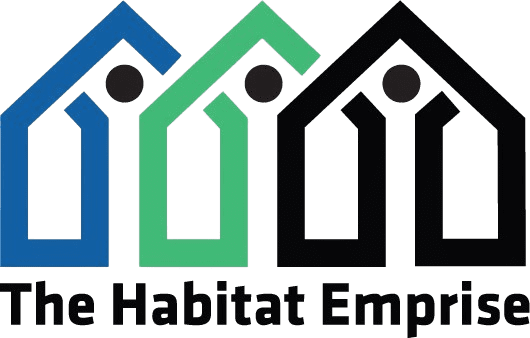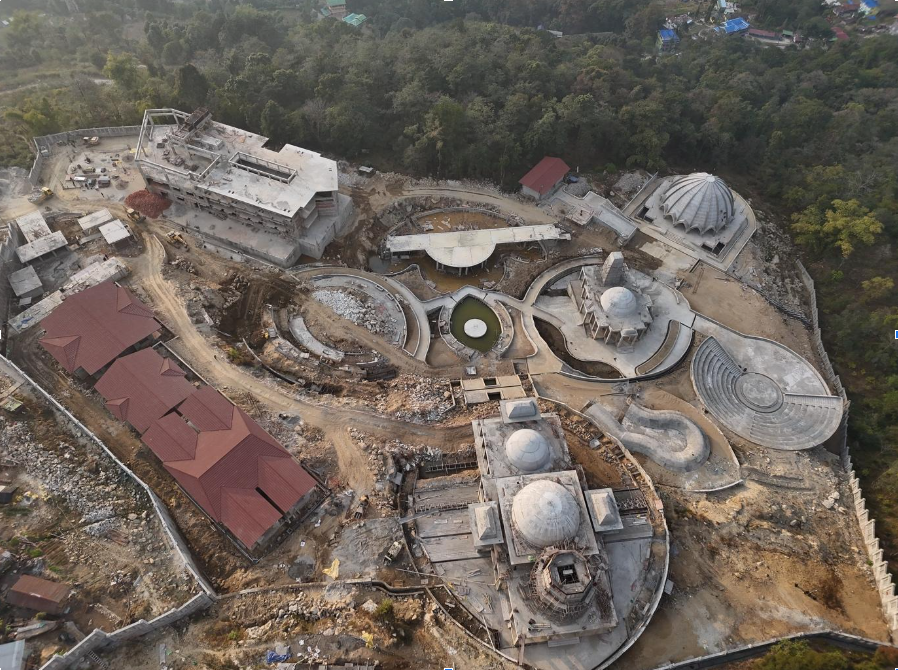Nestled in the Himalayas, the Brindaban Dham eco-tourism complex in West Sikkim exemplifies sustainable design principles tailored for cold climates. As the sustainability consultant for this project, The Habitat Emprise (THE) integrated innovative strategies to optimize the microclimate, ensure thermal comfort, and minimize environmental impact. This project serves as a model for sustainable development in mountain regions, demonstrating how thoughtful design can harmonize with nature.
Microclimate optimization: THE’s approach to Brindaban Dham focused on understanding and enhancing the site’s microclimate:
- Heat-smart surfaces: Black-colored tar felt on roads and pathways absorbs heat during the day and releases it slowly at night, helping maintain stable temperatures.
- Thermal mass: Thick concrete walls with gravel panels act as thermal batteries, storing warmth to mitigate temperature fluctuations.
Thermal comfort and efficient HVAC systems: Balancing warmth and energy efficiency was paramount. Following strategies were incorporated.
- Optimized window design: A calculated window-to-wall ratio of 20-30% ensures ample natural light while minimizing heat loss. Specialized glass further enhances heat retention.
- Efficient heating: High-efficiency heat pumps replaced conventional heaters to reduce energy consumption.
- Ventilation: Ventilation systems maximize fresh air intake while conserving heat.
Water management: Addressing water abundance and scarcity, THE implemented:
- Glacier water utilization: Readily available glacier water is carefully treated for use.
- Water canals: Small canals manage water flow on the sloped terrain, combining traditional techniques with modern needs.
Renewable energy: THE integrated renewable energy sources into the design:
- Solar panels: Harnessing solar energy helps power the complex, reducing reliance on fossil fuels.
Sustainable building standards: Brindaban Dham was designed to adhere to a GRIHA rating tailored for cold climates. While the project has not yet formally received this rating, its design reflects a strong commitment to sustainable building standards, guiding its development and implementation.
By combining local materials, traditional wisdom, and modern technology, Brindaban Dham provides a comfortable and eco-friendly experience for pilgrims while minimizing its environmental footprint. The success of this project offers valuable lessons for sustainable infrastructure development in similar mountain regions worldwide.

